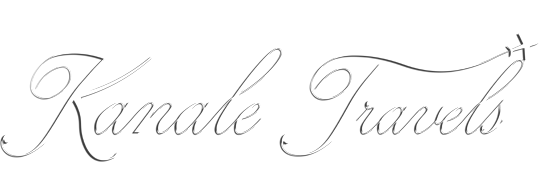No doubt you have heard of our next stop, the Berlin Wall. The wall was constructed in 1961 to stop “emigration and defection” from the communist East Berlin into the ‘free’ West Berlin. The wall effectively isolated West Berlin, cutting it off from roads and, well, just about everything else into and out of that part of the city. Between the end of World War II and the time that the wall was constructed, somewhere around 3 and a half million East Germans had successfully fled. This was about 20% of the population of East Germany at that time. As expected, those who left represented the young, the educated, and skilled workers and professionals. This, obviously, severely impacted the economy (and political reputation) of East Germany.
Probably one of the most famous symbols of a divided Germany was now staring me right in my face.
There are endless stories about the Wall. We saw that it was actually a double wall. On the East Berlin side, if you crossed into the no man’s land buffer (eerily called a “death strip”) in front of the wall, it was assumed you were trying to escape and would be shot immediately. Think about this: Had I been standing opposite this spot on the other side of the wall 30 years ago – within my lifetime – I probably would have been shot on sight. That is a horrifying notion. And it gives you an appreciation for how things can and do change for the better.
When the city was divided, the West Berlin side of the wall eventually became covered with murals and graffiti. It is said that most of the art was done anonymously and/or by artists that did not/do not want to take credit. It was so popular that people from around the world contributed to the art on the wall, and tourists from around the world came to admire it. In the process it became what is considered the world’s largest open-air gallery. Some of the paintings were quite controversial, though the more controversial works have since been removed.
On the other hand, the East Berlin side was blank. There’s a reason for that: No one was allowed to get close enough to the wall to touch it, let alone paint anything on it.
Now the wall, in many places, resembles a very large art exhibit, an outdoor art gallery of sorts.

One of the sections we stopped by was the Berliner Mauer East Side Gallery. It is illegal to “damage or deface the Wall”. The sign says that, but all along the wall you will find graffiti and slogans, etc., in pen, paint, and marker. On any given day you’ll probably see several people tagging it. One of the people on our tour inscribed his name on the wall for posterity.
It was quite moving to touch the wall with my own hands, see what the wall actually was, where it was. To literally touch what remains of this important part of world history is something I won’t forget. Pieces of the actual wall are displayed all over the world.
I tried to imagine what it must have been like for those in East Berlin but could not.
As we left the Wall, Sylvia told us story of the Chocolate Bomber, also called the Candy Bomber. The story goes that one of the US Air Force pilots dropped chocolates, candy, and other pilots’ rations to the children of Berlin during the Berlin Airlift. The whole story is very touching but let’s see if I can shorten it: During the Cold War, the Soviet Union blocked all of the supply routes into Western-controlled areas of Berlin. As expected, the people of Berlin began starving. Thus began the Berlin Airlift. One of the airlift pilots, Gail Halvorsen, saw some of the starving children lined up at the fence line around one of the airfields where he was based. Halvorsen was moved by their story and condition. On his next flight, he started dropping candy and chocolates from his plane as he flew over. The ‘operation’ grew from there.
This visit to Berlin turned out to be a more emotional visit for me than I expected. It is easy to see that Berlin’s past has not been forgotten, razed and paved over, or swept under a rug. It is all here out in the open for all to see. Earlier on the tour, Sylvia told us her children have never known a divided Germany. What is also out in the open is all the progress that has been made in building a united Germany.
My wife and I will definitely have to return to Berlin and spend a few days here.




Comments are closed.